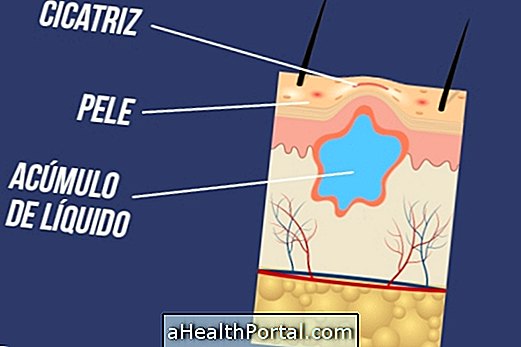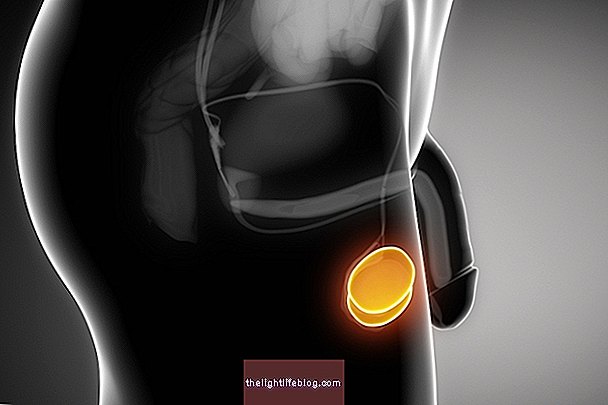Water in the lung, known scientifically as pulmonary edema, occurs when the lungs become full of fluid, preventing the entry of oxygen and the output of carbon dioxide.
The accumulation of fluid in the lung usually occurs when you have a problem with the cardiovascular system, such as heart failure, but it can also occur when there is a lung injury such as infections or exposure to toxins, for example.
1. Cardiovascular problems

When diseases of the cardiovascular system are not treated properly they can cause an excessive increase in pressure inside the heart, preventing the blood from being pumped properly.
When this happens, the blood collects around the lungs and increases the pressure inside the vessels in that region, causing the liquid, which is part of the blood, to be pushed into the lungs, occupying a space that should only be filled with air.
Some of the cardiovascular diseases that most commonly cause this change include:
- Coronary disease: this disease causes narrowing of the arteries of the heart that weakens the heart muscle, decreasing its ability to pump blood;
- Cardiomyopathy: in this problem the heart muscle weakens without having a cause related to blood flow, as in the case of coronary disease;
- Heart valve problems: When the valves fail to close completely or open properly, the force of the heart can push excess blood into the lungs;
- High blood pressure: this disease makes it difficult for the heart to function that needs to be strong enough to pump blood. Over time, the heart can lose the necessary strength, leading to blood pooling in the lungs.
In addition, other conditions, such as kidney problems, can also raise blood pressure and hamper the work of the heart, leading to a case of pulmonary edema, when not treated properly.
2. Pulmonary infections

Some pulmonary infections caused by viruses, such as Hantavirus or Dengue virus, can cause changes in blood vessel pressures in the lungs, causing fluid to accumulate.
3. Exposure to toxins or smoke

When breathing in from toxins, such as ammonia or chlorine, or from cigarette smoke, for example, lung tissues can become very irritated and inflamed, producing fluid that occupies the space within the lungs.
In addition, when the inflammation is very severe, lesions may occur in the lungs and small blood vessels around it, allowing fluid to enter.
4. Drowning

In situations of near-drowning the lungs fill with water that is drawn through the nose or mouth, accumulating inside the lungs. In these cases, although water has been removed with rescue maneuvers, pulmonary edema can be maintained, needing to be treated in the hospital.
See what you should do in case of drowning to save the life of the victim.
5. High altitudes

People who do mountaineering or climbing have a greater risk of developing pulmonary edema, because when you are at altitudes above 2400 meters the blood vessels undergo an increase in pressure. This increased pressure can cause fluid to enter the lungs, especially in beginners of this type of sports.
See what symptoms can alert a case of water in the lung.


























